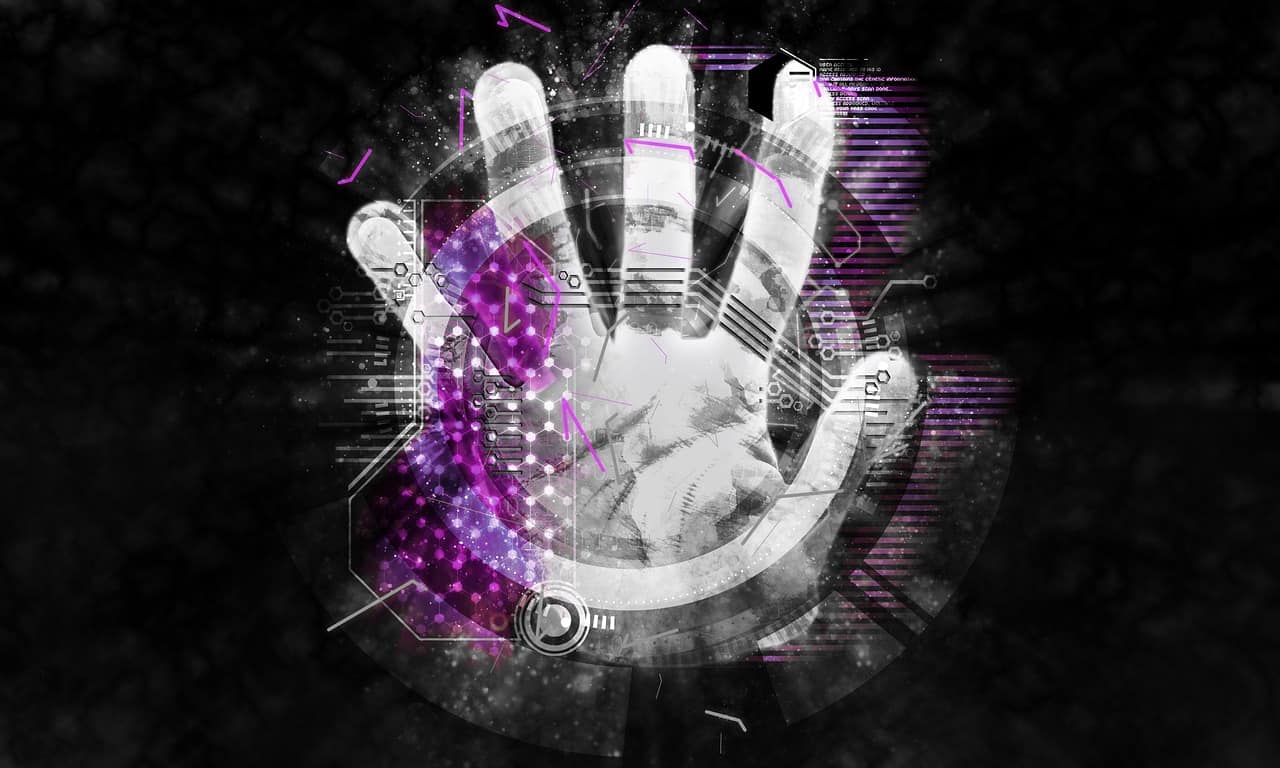For years, a lot of professionals secretly used their personal devices (mainly phones) for work, even if it was just to check work emails or upload or download a file to work on later. Realizing the tremendous cost savings and productivity gains of “bring your own device” (BYOD) approach, businesses around the world have been rapidly adopting this practice. In fact, according to a report by Cisco, companies that practice BYOD save $350 per employee per year.
While this flexibility to work anytime, anywhere, has been good for the bottom line, this excellent business move, unfortunately, comes at a price. Securing business-critical data in a BYOD environment poses challenges both from privacy and data security standpoints. Business communication apps, including work emails, are dispersed across networks and devices that are neither owned nor controlled by companies. All it takes for your critical data to be vulnerable is one careless mistake by your employees in updating the security patch, or connecting to an unauthorized wifi signal, or losing their device.
If these risks are not addressed and resolved appropriately and in a timely manner, they could leave your company and critical data vulnerable.
Tips to Strengthen Document Security
In the past, data security professionals were able to protect networks and documents with a firewall. Now with external devices and several systems playing together, we cannot put the genie back in the bottle. BYOD is here to stay, and it’s up to every CIO and information security professional to figure out ways to make privacy co-exist with employee-owned devices.
To keep business data safe from theft and leakage, here are some practices you should consider implementing.
Implement a Two-Factor Authentication Process
Physical devices and passwords can be stolen, which is why many companies enact two-factor authentication processes for employees who access the network remotely. Two-factor authentication requires users to confirm their identities twice. Most two-factor authentication systems use a secure password as the first-level authentication and text message confirmation as the second-level confirmation before granting access.
Ensure Secure Passwords
If you do not have a policy for setting strong and secure passwords, your data may be an easy target for intruders. According to a report, 63 percent of companies have password protection as their first line of defense to secure data on mobile devices. Some of the best practices include requiring employees to change passwords every two to three months, using a password template for minimum length and characters allowed, and forbidding reuse of previous passwords.
Invest in Data Loss Prevention (DLP) Tools
DLP tools will help you ensure that users do not send sensitive information outside the business network. DLP tools will apply a policy to every file, email, or application when they are created. For instance, it could identify sensitive content containing credit card information or a social security number and won’t allow the user to forward the content. DLP tools also use strategies like applying digital watermarks when a document is shared or modified. Watermarks could help prevent copying and sharing as employees may not be keen to share documents or modify documents if their personal info is on it.
Consider Using NAC Software
With BYOD, the safety of your business information relies on your employees keeping their device security updated. If an employee forgets to download or update security apps or an antivirus, they risk a cyberattack. This is the reason some companies implement Network Access Control (NAC) software to authenticate users, implement security applications such as firewalls, and restrict the availability of the network to devices in compliance with their security policy. NAC can also perform risk assessments based on the who accesses the information, from which device, and at what time.
Ensure Authorized Access with DRM
Digital Rights Management (DRM) solutions provide multiple authentication options for employees’ access to corporate networks, systems, and applications. Usually, viewing a sensitive document on a smartphone means that it’s vulnerable to screen-grabbing, if not downloaded. An advanced DRM solution will help you establish custom access controls that prevent copying, sharing, modification, and even screen grabbing to ensure your document is not viewed by unauthorized users on unauthorized devices or in unauthorized locations. DRM controls go one step further by providing a trail of document access and modification logs.
Conclusion
BYOD can be completely safe and secure if companies follow the security best practices and install proper tools. However, companies that insist on securing employee-owned devices with the same security policies used to protect business-owned devices will find it difficult to defend their data. Installing security tools such as DRM will help companies embrace the benefits of BYOD without compromising information security.


COMMENTS
[…] how can organizations safeguard their documents from misuse by third-party vendors? According to experts, pre-screening third-party vendors is […]